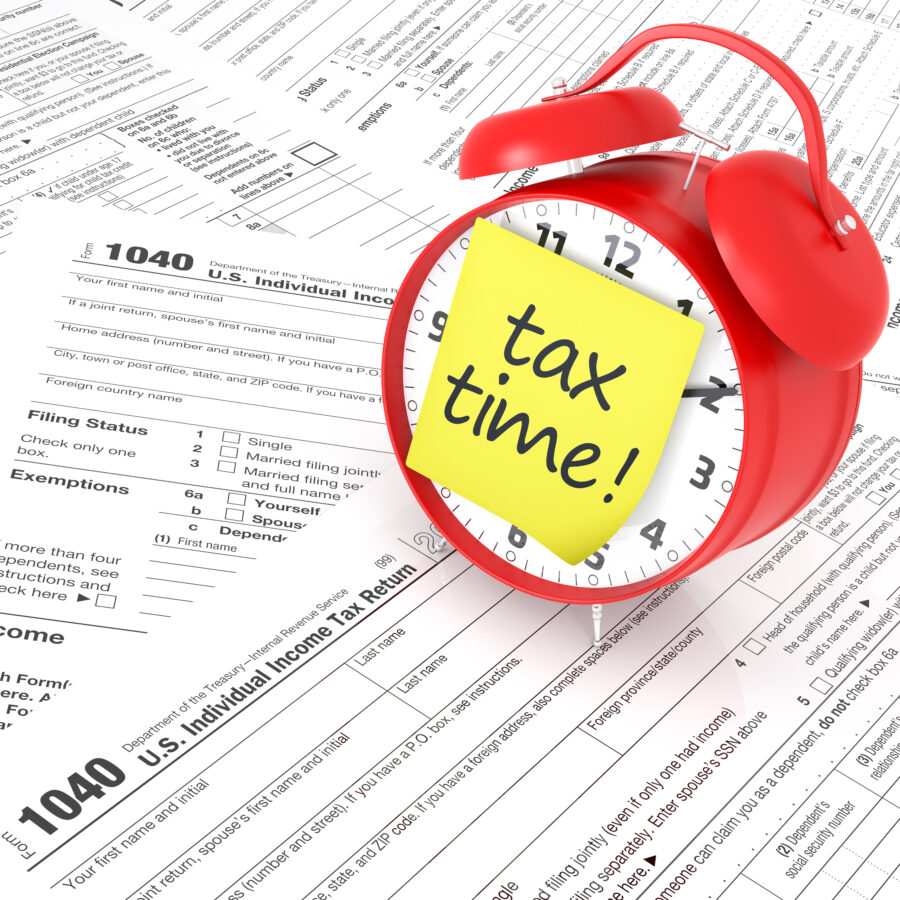When it comes to planning for your retirement, it’s crucial to have a solid understanding of tax essentials. After all, nobody wants to find themselves overpaying on their taxes when the ultimate goal is to save for a well-deserved and comfortable retirement. But how do you do that? How can you make the most of your taxes to ensure that you can maximize your retirement savings?
That’s exactly what the tax experts at Lacy Financial are going to discuss in today’s blog. We’ll discuss some of the tax strategies you can use today to plan for tomorrow better. Are you ready?
Why Tax Planning is Essential for Retirement
While saving for retirement is undoubtedly essential, optimizing your tax strategy is equally important. Proper tax planning ensures you’re maximizing the potential benefits of your retirement savings, helping you create a more secure and comfortable future.
When it comes to your taxes and making the most of your retirement, there are various avenues to explore, such as minimizing taxable income, taking advantage of tax-deferred accounts, and choosing the right investments to get the most value. Let’s discuss some actionable tips to make the best tax decisions for your retirement planning.
Our Pro Tax Tips for Retirement Planning
1. Contribute to Tax-Deferred Retirement Accounts
Contributing to tax-deferred retirement accounts, such as traditional IRAs, 401(k)s, and 403(b)s, is one of the most effective ways to save for retirement. These accounts allow your investments to grow without being taxed until you withdraw the funds in retirement. By then, you’ll likely be in a lower tax bracket, which means you’ll be paying a lower rate on the withdrawals.
2. Consider Roth Accounts for Tax-Free Growth
Roth accounts, such as Roth IRAs and Roth 401(k)s, offer another avenue for tax-efficient retirement savings. Contributions to Roth accounts are made with after-tax dollars, but the earnings within the account are tax-free. This means that when you withdraw funds in retirement, you’ll owe no tax on the growth.
If you expect to be in a higher tax bracket in retirement or simply want to diversify your tax situation, consider contributing to a Roth account in addition to a traditional tax-deferred account.
3. Keep an Eye on Your Investment Choices
It’s essential to pay attention to the specific investments you choose within your retirement accounts. Some investments, such as bonds and dividend-paying stocks, can generate taxable income throughout your saving years. Be mindful of these investments and where you place them to minimize taxes. For example, consider holding them in tax-deferred accounts to avoid paying taxes on interest and dividends.
4. Utilize Tax-Loss Harvesting
Tax-loss harvesting involves selling investments that have decreased in value to offset any capital gains you may have realized. This technique can help you manage your taxable income and even lower the overall taxes on your investment portfolio. Consult a financial advisor to assist you with tax-loss harvesting strategies.
5. Plan Required Minimum Distributions (RMDs)
Starting at age 72, you’ll need to take the required minimum distributions (RMDs) from your tax-deferred accounts. These RMDs are considered taxable income, so planning strategically is essential to avoid a potential bump in your tax bracket. Consult a financial professional to help you develop a tax-efficient RMD strategy.
Effective tax planning is an integral part of a successful retirement strategy. Understanding and utilizing various tax-saving essentials allows you to maximize your retirement savings and ensure you have the retirement you’ve dreamed of. For all your retirement planning tax tips and solutions, be sure to call the tax pros at Lacy Financial today!




